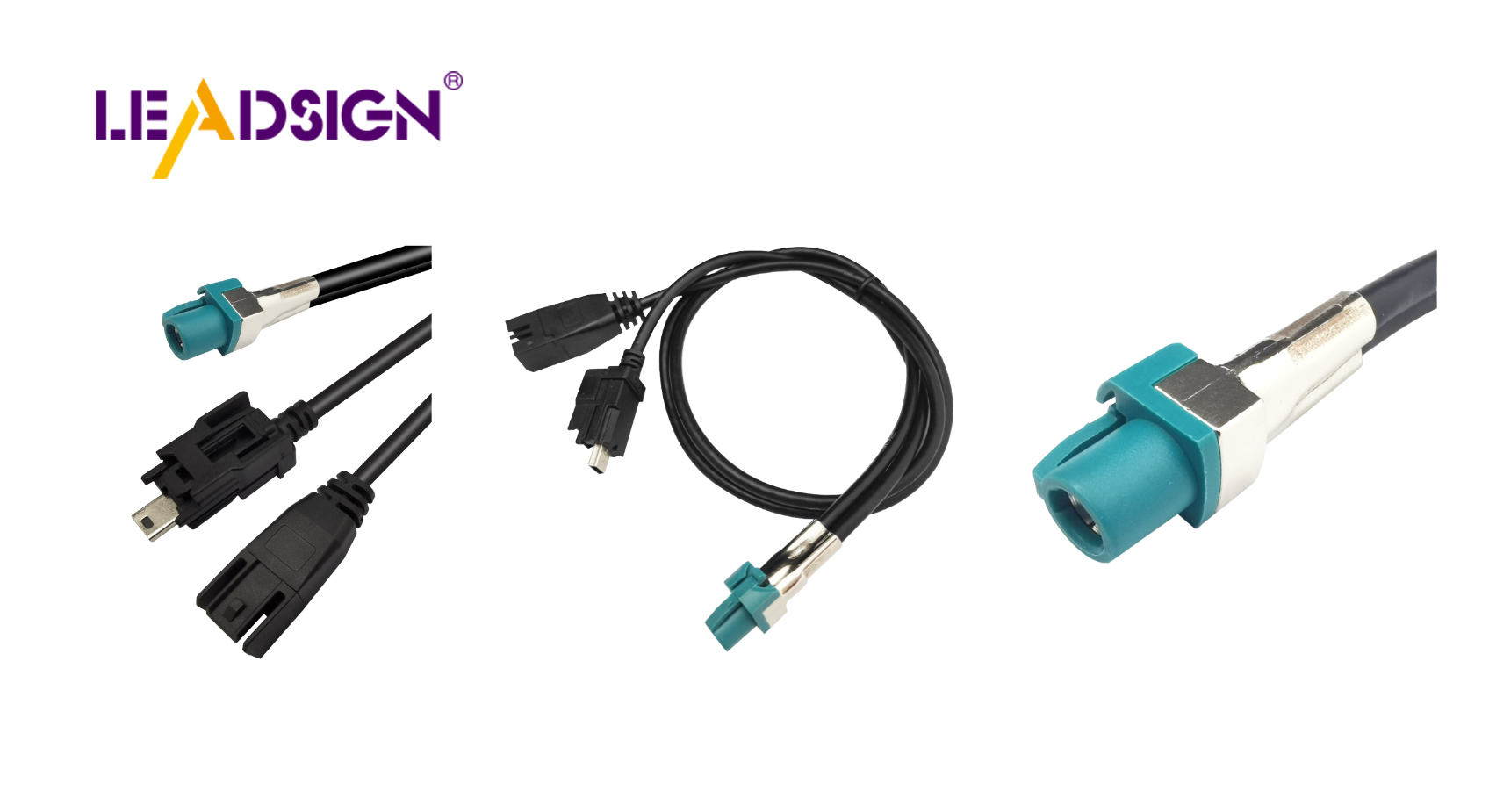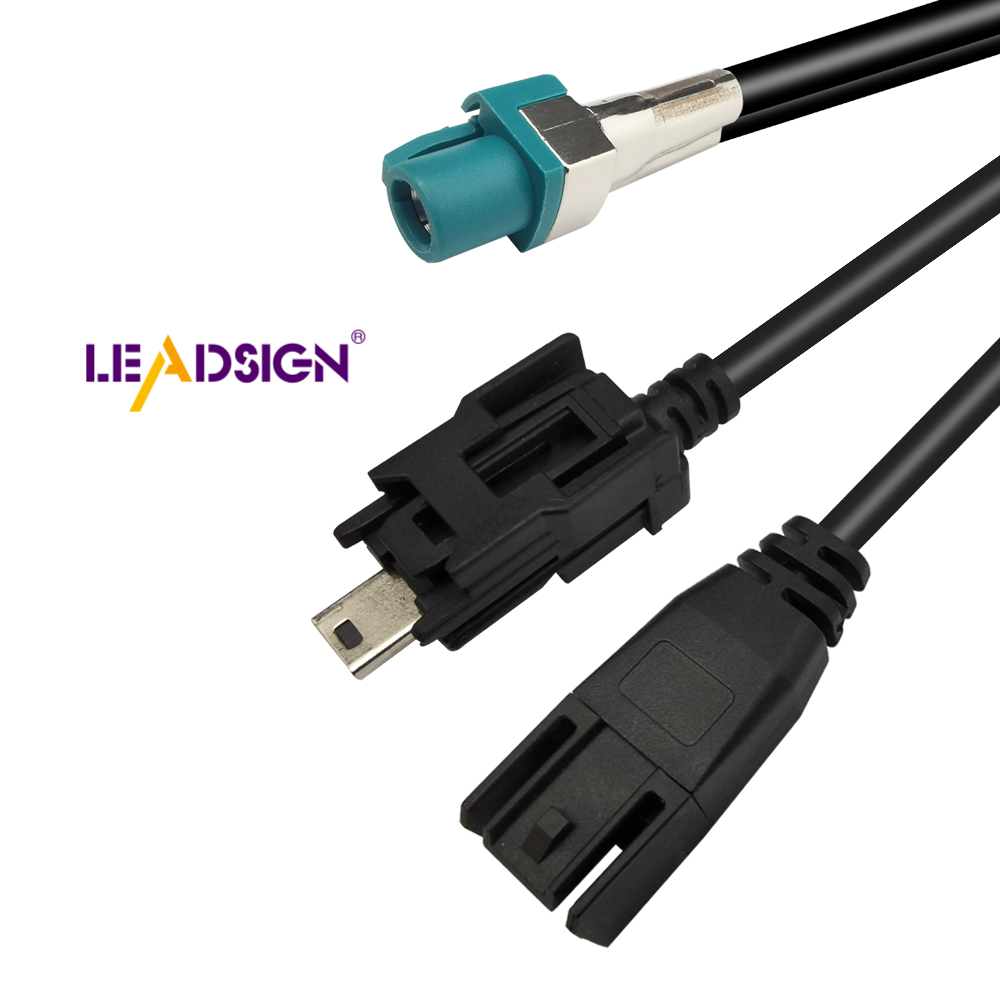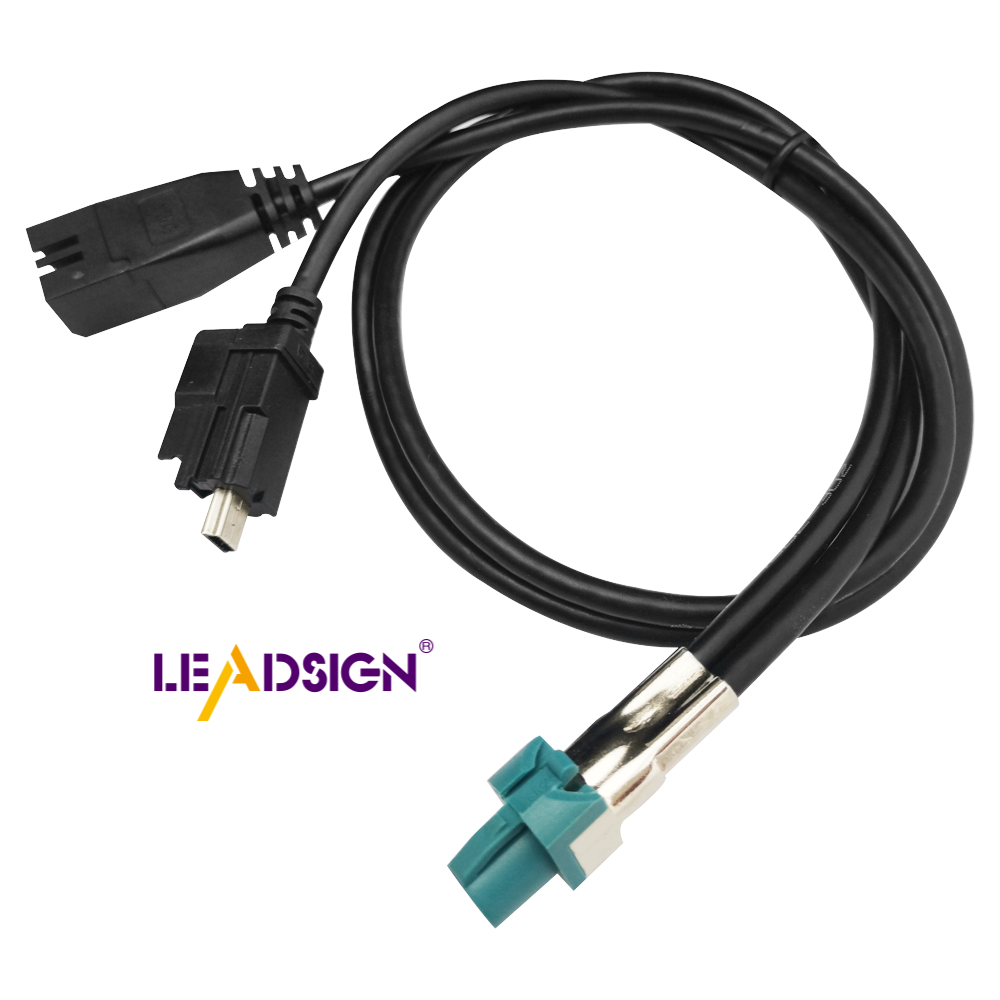How to Identify Automotive Wiring Connector Types

Understanding automotive electrical connectors types is crucial for repairing vehicles. These small components play a vital role in ensuring your car's electrical systems function efficiently. Although they might go unnoticed, these connectors are present throughout your vehicle, connecting everything from the engine system to the audio system. By learning how they operate, you can more easily identify issues and maintain your car in optimal condition.
Automotive Electrical Connectors Types: Blade Connectors

Blade connectors are very common in cars. They are simple and work well, so many cars use them.
Description and Usage
Characteristics of Blade Connectors
Blade connectors have a flat metal piece that fits into a slot. This makes sure they connect tightly. They come in different sizes, so you can use them for many things. They are easy to put in and take out, which helps when fixing your car.
Common Applications in Vehicles
In cars, blade connectors join wires to parts like fuses and switches. You find them in the fuse box or with the lights. They are good for important connections because they work well.
Identification Methods
Visual Identification
Seeing blade connectors is easy. Look for the flat metal piece and plastic cover around it. The cover has colors that help match wires to connectors. This makes finding them easier.
Testing for Compatibility
To check if they fit, test blade connectors by putting them into slots. A good fit means they stay put and work right. Also, look at their size and shape to make sure they match what you're working on.
Knowing about these car electrical parts helps fix your car better. By learning how to spot and use them, you can solve electrical problems easily.
Automotive Electrical Connectors Types: Pin Connectors
Pin connectors are important in cars. You see them in many places, making sure things connect well.
Description and Usage
Features of Pin Connectors
Pin connectors are simple. They have pins that fit into holes. This makes a strong connection. They come in different sizes and shapes, so they work for many things. Their easy design helps you use and fix them easily.
Typical Automotive Uses
In cars, pin connectors do many jobs. You find them in engine systems to link sensors and controls. They also help connect speakers in audio systems. Because they work well, people like using them in cars.
Identification Techniques
Pin Configuration Analysis
To know pin connectors, look at the pins' setup. Count how many pins there are and see how they're placed. This helps match the connector to its slot. Check the space between pins because it can change with different types.
Material and Build Quality
The stuff pin connectors are made of is important too. Look for ones made from strong metal or good plastic. These last longer and don't break easily. A good connector feels solid and won't bend quickly.
Knowing these things about pin connectors helps you choose right when fixing car wires. By learning to spot and use them, you can solve car electric problems confidently.
Automotive Electrical Connectors Types: Coaxial Connectors

Coaxial connectors are important in cars. They help send high-frequency signals. Knowing about them helps fix car electrical systems well.
Description and Usage
Structure of Coaxial Connectors
Coaxial connectors have a special design. They have a center wire, an insulator, a metal shield, and an outer cover. This setup stops signal problems. You can spot them by their round shape and layers.
Use Cases in Automotive Systems
In cars, coaxial connectors link GPS, radio antennas, and infotainment systems. They keep signals clear for these uses. When working on these parts, knowing coaxial connectors helps connect right and avoid signal issues.
Identification Strategies
Signal Type Recognition
To find coaxial connectors, check the signal type they carry. They handle high-frequency signals used for talking and data sharing. By knowing what your car needs, you can see if you need a coaxial connector.
Connector Size and Shape
Coaxial connector sizes differ. Look for their round shape and measure to fit your system. Different car connectors have set sizes, so measuring helps pick the right one.
By learning about coaxial connectors, you get better at handling car electrical parts. This skill lets you fix electric problems easily and keep your car running well.
Automotive Electrical Connectors Types: Special Connectors
Special connectors have a unique job in cars. They are made for special tasks, making them very important. Knowing these helps you fix specific car problems.
Description and Usage
Kinds of Special Connectors
Special connectors come in many types, each with a purpose. You might see waterproof ones that keep out water and dirt. Fast data connectors, like HSD connectors, send quick signals in car electronics. These make sure connections work well in tough spots.
Uses in Cars
In cars, special connectors do different jobs. Waterproof ones are found where it's wet, like near the wheels or engine. Fast data connectors join parts like cameras and USB ports. Using the right one keeps your car working well for a long time.
How to Identify Them
Special Looks and Designs
Finding special connectors means spotting their features. Look for shapes, locks, or colors that stand out. For example, waterproof ones may have rubber seals; fast data ones might have many pins. Seeing these helps pick the right connector.
Maker's Details
Makers give details to help find special connectors. These include size, material, and fit info. Checking these ensures you choose the right one for your car. This stops wrong matches and keeps connections safe.
Knowing about car electrical parts helps fix cars better. By learning about special connectors' features and uses, you can handle car issues confidently.
Knowing how to spot different automotive wiring connector types helps fix your car. Here's a simple guide:
Blade Connectors: Find flat metal parts with plastic covers. They're in fuse boxes.
Pin Connectors: Look for pins that fit into holes, used in engines.
Coaxial Connectors: Notice their round shape and layers, important for GPS and radio.
Specialty Connectors: See special features like waterproof seals or many pins for certain jobs.
Finding these connectors right makes sure your car's electric systems work well, saving you from big repair costs.
See Also
Exploring HSD Connectors in Automotive Applications
Navigating Ford Fakra Connector Options
Significance of Fakra Connectors in Contemporary Cars

